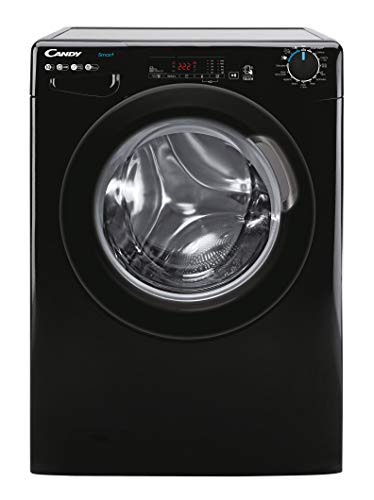One Of The Most Innovative Things That Are Happening With 10kg Front Loader
Why Buy just click the up coming internet page ? The front-loader of 10kg is ideal for big loads of laundry with 13 wash programs that include handwash, and plenty of space to accommodate large wash cycles. With its smart technology and advanced features, it's the perfect partner for your laundry at home.  Front loaders are typically slower to wash and are not available in larger capacities and are susceptible to mould or mildew. However, they are much more efficient in water and energy than top loaders. Energy The major energy expense of the front loader with 10kg of weight is electricity to heat water to operating temperature, and to run the motor. These costs can be offset by lower energy consumption compared to top-loaders. This means less power required during the spin cycle and agitation and also using less water. Certain machines have a low-water cycle that uses less water than the cotton cycle. This helps save energy and water. In general, front-loading washers consume less soap than top-loaders. The tumbling action of the drum also reduces foamy suds, and reduces overflows, without affecting the cleaning. However, the door seals and bellows can be more prone to wear than those found in top-loaders. The mechanical agitator in top-loaders also causes significant wear and tear to clothing. It sways and drops clothes constantly, forcing them against one another. The amount of abrasion is measured by the amount of fabric that accumulates in the dryer's lint filter because lint largely consists of loose fibers that have been absorbed by clothing during drying and washing. To lessen this, many top-loaders are designed to run at a slower speed and may have a “freshening” cycle to clean the bellows and mechanical gears. Water Top-load washers need an impeller or agitator in order to push detergent and water through clothing, which causes mechanical wear and abrasion. By contrast, front-loaders use paddles that gently lift and lower clothing inside a spinning drum for cleaning, reducing such wear. The rate of wear can be approximated by the amount of lint collected in dryer lint filters, which is largely composed of stray threads detached from clothes during drying and washing. Because front-loaders use less water than top-loaders, they are less prone to leakage. True front-loaders may require a bellows or seal to keep water from spraying out of the open door during operation, but these systems typically do not need to be maintained as regularly as their counterparts on top-loaders. Front-loaders are less energy-intensive than top-loaders because they can use hot or cold water, and some even do it without a heating source. This efficiency can reduce the cost of operating the same laundry load, especially in areas where detergent, water and energy are costly.
Front loaders are typically slower to wash and are not available in larger capacities and are susceptible to mould or mildew. However, they are much more efficient in water and energy than top loaders. Energy The major energy expense of the front loader with 10kg of weight is electricity to heat water to operating temperature, and to run the motor. These costs can be offset by lower energy consumption compared to top-loaders. This means less power required during the spin cycle and agitation and also using less water. Certain machines have a low-water cycle that uses less water than the cotton cycle. This helps save energy and water. In general, front-loading washers consume less soap than top-loaders. The tumbling action of the drum also reduces foamy suds, and reduces overflows, without affecting the cleaning. However, the door seals and bellows can be more prone to wear than those found in top-loaders. The mechanical agitator in top-loaders also causes significant wear and tear to clothing. It sways and drops clothes constantly, forcing them against one another. The amount of abrasion is measured by the amount of fabric that accumulates in the dryer's lint filter because lint largely consists of loose fibers that have been absorbed by clothing during drying and washing. To lessen this, many top-loaders are designed to run at a slower speed and may have a “freshening” cycle to clean the bellows and mechanical gears. Water Top-load washers need an impeller or agitator in order to push detergent and water through clothing, which causes mechanical wear and abrasion. By contrast, front-loaders use paddles that gently lift and lower clothing inside a spinning drum for cleaning, reducing such wear. The rate of wear can be approximated by the amount of lint collected in dryer lint filters, which is largely composed of stray threads detached from clothes during drying and washing. Because front-loaders use less water than top-loaders, they are less prone to leakage. True front-loaders may require a bellows or seal to keep water from spraying out of the open door during operation, but these systems typically do not need to be maintained as regularly as their counterparts on top-loaders. Front-loaders are less energy-intensive than top-loaders because they can use hot or cold water, and some even do it without a heating source. This efficiency can reduce the cost of operating the same laundry load, especially in areas where detergent, water and energy are costly.